
[Image: An architectural "super-prosthesis" by Santiago Cirugeda Parejo].
Quite a while back I got an email from Wes Janz, who runs something called onesmallproject, a fascinating look at standards of housing and urbanism – including the absence of the former – around the world. What does home look like elsewhere? How do people find shelter? Are we perhaps approaching a planetary urbanism? Etc.
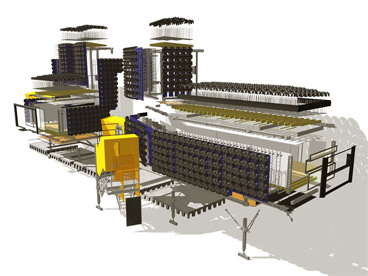
Arguably, this would all begin a series of questions that could lead back to Heidegger; for instance: is architecture an appropriate response for those who dwell in a state of homelessness – Heidegger's state of "harassed unrest"? Is dwelling always an architectural activity? What of "those buildings that are not dwelling places" – or those dwelling places that are not buildings? And so on.
In any case, here are some statistics from the project's facts pages to consider:
• by 2030, 1 person in 4 will be a slum dweller
• every day, 200,000 people move to cities worldwide (which is 73 million people urbanizing every year)
• half the population of Istanbul lives in slums
• Caracas has 5 police forces, wearing 5 different uniforms
• 10-30% of U.S. waste comes from architectural demolition and construction
Where it gets interesting, however, is in offering solutions, proposing something, offering ideas. Everyone knows how to complain; imaginative responses are welcome for their sheer infrequency.
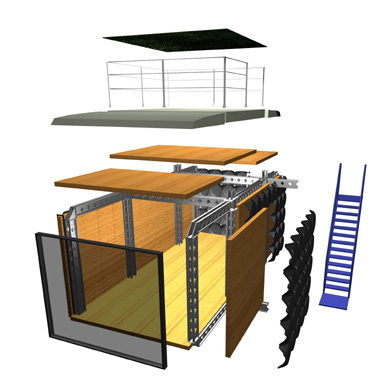
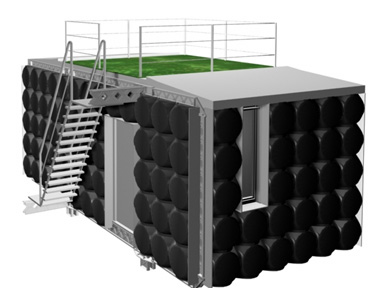
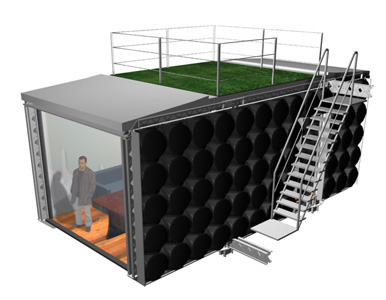
The images I'm showing, for instance, are by Santiago Cirugeda Parejo, a member of onesmallproject, taken from Parejo's own website.
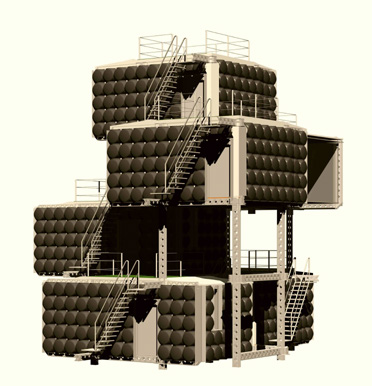
Parejo's work explores a kind of do-it-yourself tactical urbanism, using modular frame structures and prefabricated building units in a way that "exploits gaps in administrative structures, governmental bodies’ supervisory energies, official procedures, and where the law falls short." In the process, Parejo transforms vacant lots and peripheral spaces into what he calls "subversive urban occupations."
This has included working with scaffolding: constructing nest-like "urban reserves" in the spaces defined by construction scaffolds, enlarging houses parasitically.
The architectural prosthesis, in fact, is something Parejo frequently explores by constructing temporary, unofficial extensions to existing buildings – including this capsule on stilts, "installed orthopaedically... as a spatial and functional prosthesis," in a place called the Finland Pavilion.
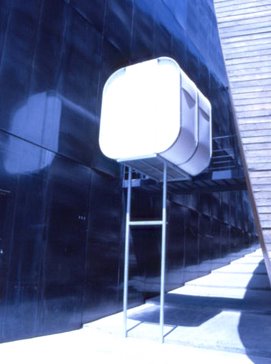
There is a lot more information – including dozens of projects – at both Parejo's site and at onesmallproject. Of course, as a side note, even as I write this a new exhibition continues apace at the NLA, called Prefabulous London.

There, you can gaze all you like at plans and photos of affordable, high-density urban construction techniques using prefabricated structures, including a few parasite-like microbuildings. If you're not sure you want to go, or live elsewhere – attempting to dwell while located otherwise – you can always download the exhibition's catalog here (1.8MB PDF); or click through some other coverage of the show at Inhabitat (who link to an interesting article in Building Design) or the London-based City of Sound.
Nice post, Thanks for sharing your amazing article about Aluminium Scaffolding For Sales
ReplyDelete